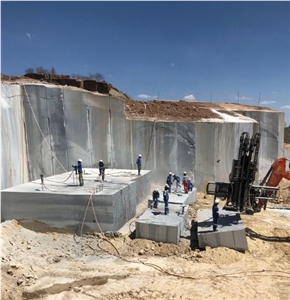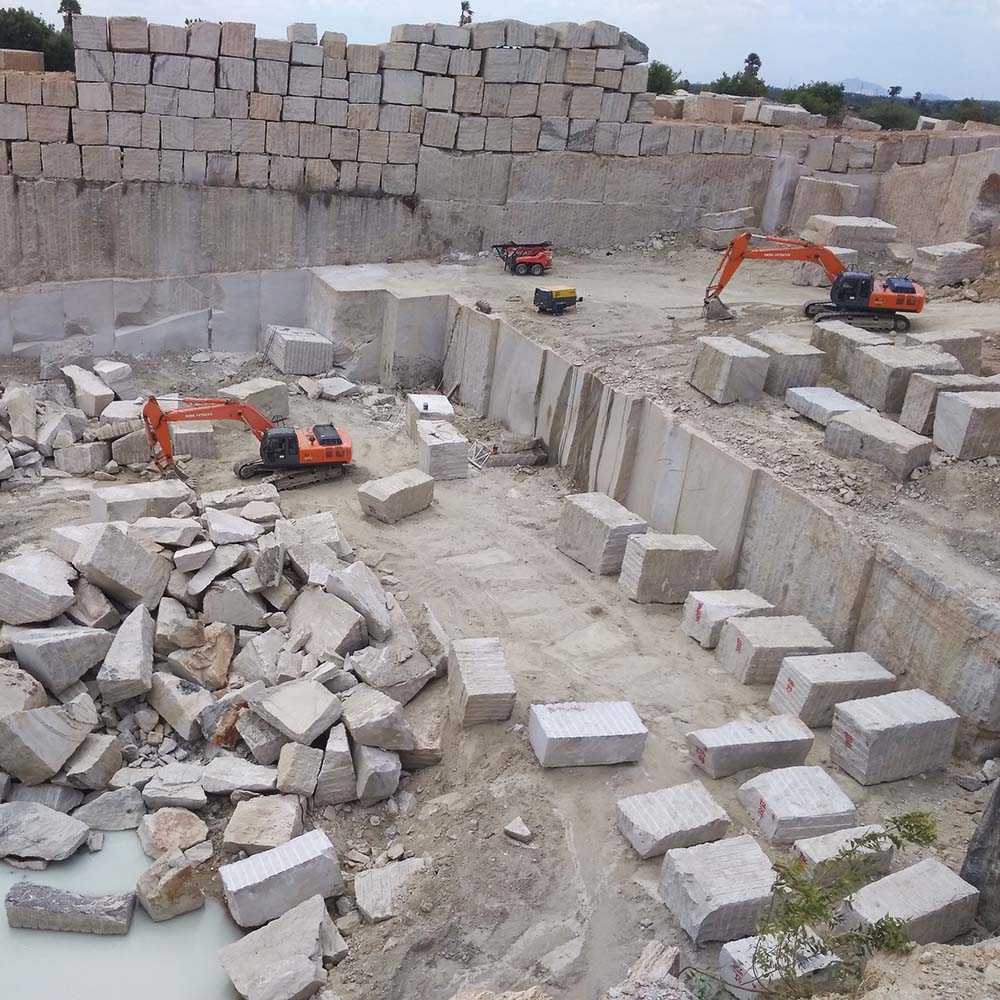Letting Loose the Appeal and Resilience of Granite Quarry: A Trip Via Time
Granite quarries stand as testimonies to both the geological wonders of our world and the long-lasting craftsmanship of humanity. The journey through time that granite quarrying represents is a compelling narrative of innovation, determination, and the elaborate dancing in between nature and industry. Comprehending the origins of this age-old practice, the evolution of techniques and tools employed, and the modern-day importance of granite quarrying introduces a tapestry rich in history and significance. As we peel off back the layers of time and explore the intricate world of granite quarrying, we discover a tale that not only showcases the appeal and sturdiness of this stunning rock however also clarifies the extensive influence it has had on civilizations previous and existing.

The Origins of Granite Quarrying
In the record of background, the origins of granite quarrying can be mapped back to ancient people where the quest for long lasting structure materials fueled the introduction of this classic craft. From the magnificent frameworks of old Egypt to the grand holy places of Greece, granite has been respected for its toughness, beauty, and durability. The Egyptians, with their innovative quarrying techniques, were among the very first to remove granite widespread, using it to construct huge pyramids and intricate statues that have stood up to the examination of time.
As people evolved, so did the techniques of quarrying granite. The Romans even more fine-tuned the methods, establishing tools and machinery to extract and transport granite over large ranges for their building tasks. The resilience and aesthetic appeal of granite made it a prized material for sanctuaries, monoliths, and sculptures throughout the ages.
Today, the heritage of ancient quarrying practices lives on, with modern innovation boosting performance while still admiring the workmanship of our forefathers. The origins of granite quarrying act as a testimony to human resourcefulness and the long-lasting appeal of this noble stone.
Devices and Methods of Quarrying
Quarrying granite calls for specific equipment to remove the stone from the earth efficiently and with precision. Modern quarries make use of diamond-wire saws, high-powered drills, and explosives to break apart the granite in a regulated manner.
Along with advanced equipment, traditional hand devices are still used in certain quarrying procedures to guarantee fragile precision in drawing out the rock. Chisels, hammers, and wedges are employed by skilled quarry workers to different granite obstructs along all-natural fractures, a strategy that has been passed down with generations.
In addition, methods such as piercing upright and straight openings for placing feathers and wedges, in addition to the regulated use dynamites in strategic locations, allow quarry employees to extract granite effectively while protecting the honesty of the rock. The consistency in between modern technology and traditional craftsmanship is essential to the lasting quarrying of granite for generations to come.
Development of Granite Quarries
The improvement of granite quarries gradually discloses a remarkable narrative of technical development and market advancement. From ancient times where manual tools like blades and hammers were utilized to draw out granite blocks, to the industrial transformation introducing steam-powered machinery for faster quarrying, the development of granite quarries has actually been noted by significant advancements. In current decades, the development of ruby cable saws and progressed boring technologies has transformed the extraction process, allowing for more precise cuts and reduced wastage of check it out basic material.

Granite Quarrying in Modern Times
The development of granite quarrying techniques from historical reliance on guidebook tools to the cutting-edge methods of modern times underscores an amazing journey of technological innovation and sustainability techniques within the sector. In contemporary granite quarrying, progressed machinery such as diamond wire saws, high-capacity excavators, and digital boring equipment have transformed the removal process. These devices improve performance, accuracy, and security, enabling bigger amounts of granite to be removed in a much shorter timeframe contrasted to typical approaches.
Additionally, contemporary quarrying practices focus on sustainability and ecological stewardship - granite quarries in south africa. Business are progressively embracing environment-friendly techniques like water recycling systems, dirt reductions technologies, and recovery strategies for tired quarries. These initiatives intend to lessen the environmental impact of granite removal, save all-natural resources, and restore quarried landscapes to their initial state
Additionally, the integration of digital technologies like drones, find more general practitioner tracking, and 3D modeling has actually enabled quarry drivers to optimize procedures, improve This Site decision-making, and make certain the sustainable monitoring of sources. By accepting technology and sustainability, the granite quarrying market in modern-day times proceeds to thrive while maintaining ecological obligation.

Maintaining and Safeguarding Granite Quarries
Amidst the progressing landscape of granite quarrying methods, conservation and security of these beneficial all-natural websites have actually come to be extremely important problems for industry stakeholders and environmental supporters alike. As granite quarries remain to be an important source of this sought after stone, it is vital to adopt sustainable strategies that guarantee their longevity and protect bordering environments.
Protecting granite quarries includes executing effective reclamation strategies to recover the land post-extraction. granite quarries in south africa. This process includes reshaping the terrain, replanting indigenous plants, and developing environments for wildlife to thrive. By restoring quarries to their all-natural state, the environmental impact can be decreased, and the elegance of these landscapes can withstand for future generations to appreciate
Furthermore, shielding granite quarries needs imposing regulations that control accountable quarrying practices. This consists of surveillance water top quality, controlling dust discharges, and managing sound levels to mitigate disruptions to the atmosphere and neighboring neighborhoods. Collaborative efforts between sector gamers, governmental bodies, and conservation teams are vital in supporting these criteria and making certain the sustainable use granite quarries.
Conclusion
In verdict, the journey via time in granite quarrying exposes the beginnings, tools, strategies, and evolution of this technique. The modern age has brought developments in quarrying techniques, allowing the conservation and protection of these beneficial natural sources. It is essential to remain to promote sustainable methods to make certain the appeal and toughness of granite quarries for future generations to value.